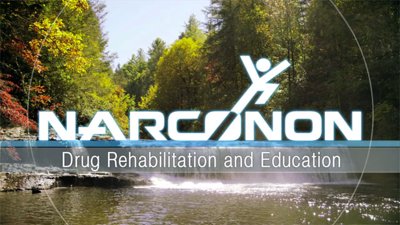Alaska Drug Addiction
Enterprising drug trafficking organizations (DTOs) from Mexico make sure the remoteness of Alaska is no barrier for any Alaskans who wish to abuse illicit drugs. All the most common drugs are available in Alaska, albeit at higher prices: powder cocaine, crack cocaine, marijuana, heroin and methamphetamine. Using package services, drugs concealed on bodies and in luggage and other means, drugs are supplied to all corners of the state.
In one case that occurred in December 2009, a drug dealer who had just made three quick trips to Mexico concealed 23 pounds of methamphetamine under the back seat of a car and shipped it on a barge to Anchorage. Shipping staff found $12,000 under the back seat and alerted officials who found the meth and replaced it with fake drugs in similar packages. They also included an electronic device that would tell them when the drugs were retrieved. When a man in Wasilla, Alaska, removed the drugs from their hiding place, law enforcement moved in, arrested him and three others and found another four pounds of marijuana and 16 guns.
Wasilla is located in a borough named Matanuska-Susitna (usually shortened to Mat-Su), located a short distance north of Anchorage. Some law enforcement authorities state that this borough is the hottest area for methamphetamine abuse in the state.
Prescription Drugs are a Rising Problem
Unlike illicit drugs that need to be shipped up from South America or Mexico, prescription drugs that can be abused are as close as the corner drugstore. After marijuana, prescription medications are the most abused drug by young citizens.
Some medical practitioners and pharmacists illegally distribute these drugs, some addicts commit forgeries of prescription pads, and there is a steady pattern of thefts from pharmacies, nursing homes and hospitals. Some people order their drugs from Internet sources. Commonly-abused drugs include painkillers that contain oxycodone or hydrocodone, and anabolic steroids.
Recent Drug Rehab Statistics are a Mystery
Despite the fact that Alaska is part of the United States, its substance abuse treatment statistics are remarkably unavailable. Every state in the nation annually reports the numbers treated for addiction to the Substance Abuse and Mental Health Administration, but Alaska’s figures are no more recent than 2003. That year, 4,006 people were treated in drug rehabs for problems with illicit drugs, prescription drugs or alcohol. The major substance doing the damage was alcohol.
Out of these 4006 people, more than 3,200 of them were being treated for alcohol abuse, either with or without a secondary drug.
Marijuana sent just 363 people to drug recovery, but 54 percent (or 196 people) were 17 or under.
Alcohol is a Severe Burden for Alaska Natives
As is true in many Native American communities, alcohol hits Alaska Natives (AN) hard. This population experiences rates of fetal alcohol syndrome at 3.5 times the rate of other Alaskans and 7 times the national rate. Alaska Native suicides make up 40 percent of all the suicides in the state, but comparatively this group makes up only 16 percent of the population. Statewide, alcohol is involved in 70 percent of all suicides.
In Alaska Native communities, alcohol contributes to 85 percent of domestic violence and 80 percent of sexual assault. Alcohol abuse was the fourth leading cause of death between 1993 and 2002.
While alcohol sales and possession are banned in many Alaska communities, the inflated price of alcohol within Native communities creates an irresistible draw to some who want to make a quick buck: A bottle of vodka or whiskey that would normally cost $12 in Anchorage can sell for $300 in a dry Native community.
Drug Rehabilitation Efforts are Hampered by Remoteness of Communities
In trying to provide drug rehabilitation centers, the State of Alaska has a daunting task ahead of it. Alaskan communities may be separated by hundreds of miles of forests, glaciers and lakes. Rehab centers in Fairbanks, Anchorage or Juneau are not much help in remote mining, oil drilling or Native communities.
Substance abuse treatment for alcohol consumption or drug abuse must work holistically for it to have a lasting effect. In other words, it must treat the damaging effects of substance abuse on the body but then it must also help the addict learn how to build a new drug-free life, sometimes from the ground up, when addiction has destroyed everything.
A thorough detoxification followed by counseling and life skills training enable a person in a drug program to see things in a whole new light so they can live an enjoyable, productive life again. This is the way the Narconon drug and alcohol rehabilitation program works. Participants in this 49-year-old program move through the precise and closely monitored recovery program of withdrawal, detoxification and life skills training, beneficial to Alaskans who desire full and lasting recovery from drug or alcohol addiction.
Editor
Narconon Drug Information Department

 ®
®
